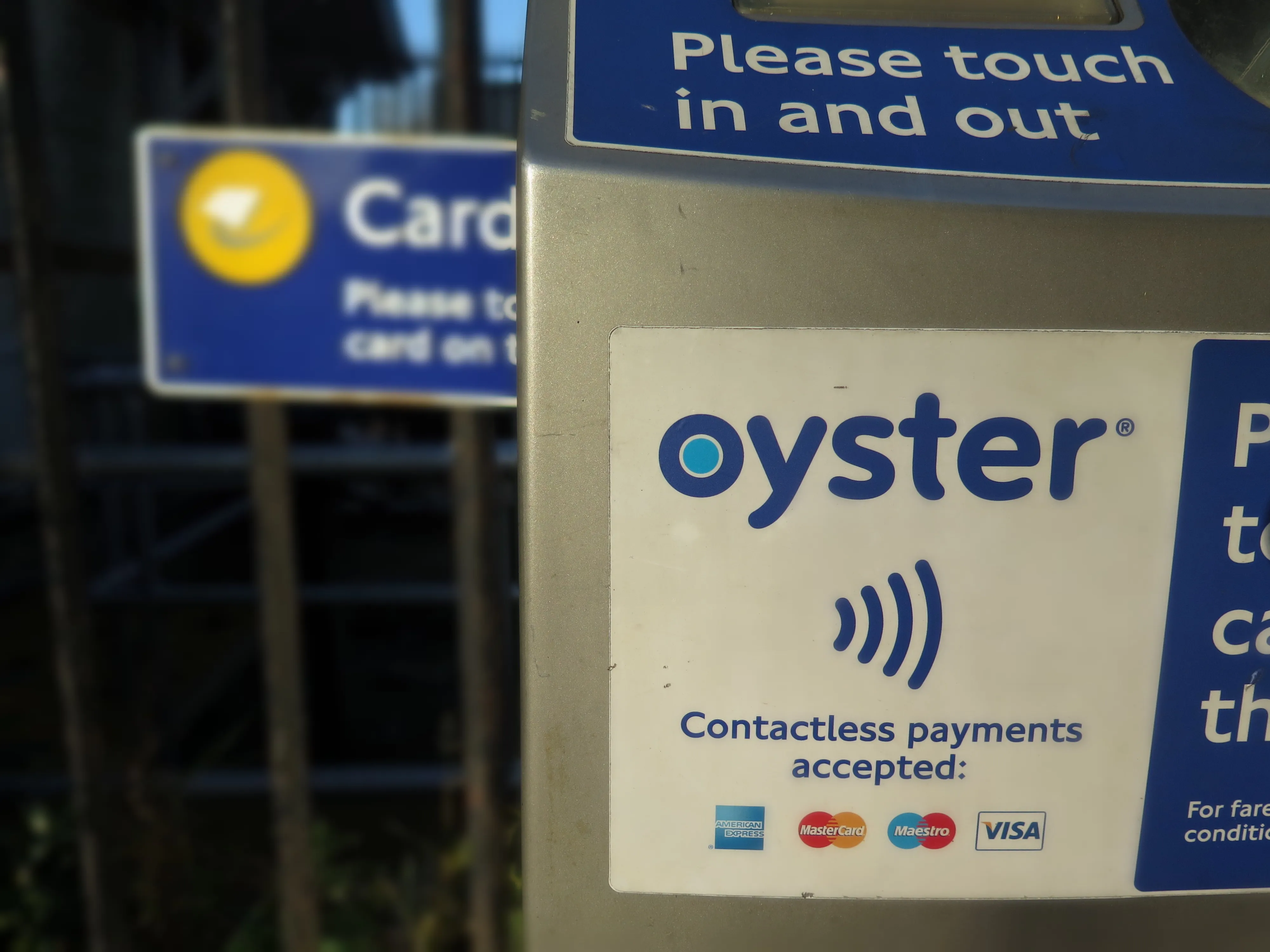Nokia has announced plans to release a new version of Ovi Maps for its smartphones that includes high-end walk and drive navigation at no extra cost, available for download at www.nokia.com/maps. This move has the potential to nearly double the size of the current mobile navigation market.The new version of Ovi Maps includes high-end car and pedestrian navigation features, such as turn-by-turn voice guidance for 74 countries, in 46 languages, and traffic information for more than 10 countries, as well as de
June 6, 2012
Read time: 5 mins

"Why have multiple devices that work in only one country or region? Put it all together, make it free, make it global and you almost double the potential size of the mobile navigation market ," explained Nokia executive VP, Anssi Vanjoki. "Nokia is the only company with a mobile navigation service for both drivers and pedestrians that works across the world. Unlike the legacy car navigation manufacturers, we don't make you buy maps for different countries or regions even if you're only visiting for a few days. We offer both navigation and maps free of charge, with all the high-end functionality and features that people now expect."
"The large-scale availability of free-of-charge mobile phone navigation offerings using high-quality map data will be a game changer for the navigation industry," said Thilo Koslowski, VP Automotive and Vehicle ICT at
For Nokia, removing the costs associated with navigation for drivers and pedestrians allows the company to quickly activate a massive user base to which it can offer new location features, content and services. This is part of Nokia's strategy to lead the market in mobile maps, navigation and location-based services. The move is also in line with Nokia's vision that the next wave of growth will be centred on the location-aware, social internet, as the 'where' people are doing things becomes as important as the 'what' they are doing.
According to research firm Canalys, the number of people worldwide using GPS navigation on their mobile phones was approximately 27 million at the end of 2009. With this announcement Nokia potentially grows the size of this installed user base to about 50 million by enabling smartphone owners, with compatible devices and devices that will be made compatible shortly to activate free drive and walk navigation through a simple download of the new Ovi Maps. Nokia will further grow this base as it quickly adds more smartphones to the compatible devices list. Canalys also estimated in 2009 that the installed base of smartphones with integrated GPS was 163 million units worldwide, of which Nokia accounted for more than half (51 per cent) having shipped cumulatively 83 million GPS devices.
"This is a game changing move. By leveraging our
Nokia believes it will enable operators to offer their customers a complete car and personal navigation package as well as encourage the take-up of data plans. An additional benefit for operators is that Ovi Maps uses a unique hybrid technology that is optimised for use on a mobile network. By using advanced vector graphics, plus an intelligent combination of pre-loaded and online maps, the new version of Ovi Maps uses a fraction of the bandwidth of the bulky bitmap technology used by most mobile map providers.
For 3rd party application developers making navigation on a mobile as familiar as sending a text or taking a picture presents a huge opportunity as the customer base for additional location-based applications expands. Via the Ovi for developers Beta programme, Nokia has given selected developers and publishers a preview of the Ovi APIs and SDK - Beta (software development kit) which will allow them to build such applications. These will then be made available through Ovi Store by Nokia.
Ovi Maps is immediately available for download for 10 Nokia handsets, including the popular Nokia N97 mini, Nokia 5800 XpressMusic and Nokia E72, with more Nokia smartphones expected to be added in the coming weeks. In the meantime, current owners of Nokia smartphones that are compatible with the new Ovi Maps can %$Linker:
From March 2010, new Nokia GPS-enabled smartphones will include the new version of Ovi Maps, pre-loaded with local country map data, with high-end walk and drive navigation and access to Lonely Planet and Michelin travel guides at no extra cost.
Ovi Maps covers more than 180 countries with car and pedestrian navigation for 74 countries in 46 languages and 6000 3D landmarks for 200 cities around the world. Lonely Planet and Michelin guides have information on more than 1,000 destinations globally.









